Providing your creative team or agency with the key information they need to know is critical to getting effective advertising any other marketing communication.
It’s not enough to just ask them to design an ad for you. There’s an infinite amount of ways to talk about your product. You could focus on all the features. You could just make it look cool to own. You could talk about how it makes people feel. You could just put your logo and tagline really big. You could write a happy jingle. All of these things could count as ads. But whether they’re really effective at getting people to buy your product depends on more than just coming up with just any ad.
At the same time, you don’t want to drown them in technical details and mountains of data on your product and industry. They won’t be able to possibly put all of it in a single ad. And if they tried, no one would remember it.
Providing them with a clear, focused brief is the best way to ensure that you communicate the right message for your brand.
There are lots of different formats and versions of creative briefs. But, really, I think they come down to these key components.
• Objective
• Target Audience
• Problem
• Offer
• Unique Insight
• Support Points
• Call to Action
• Mandatories
If you can provide these points to your team, they should have everything they need to produce an effective ad for you.
Objective
Why are we advertising? What do we hope to accomplish by running this ad?
Basically, what do you literally want to happen as a result of someone seeing this ad? It could be to go to your website. It could be to go to your store and buy the product.
Just be careful that it’s not too big of an ask. If you’re selling a $100,000 luxury car, it’s probably not likely that someone would go out to the dealership after seeing one TV spot. Maybe, if they were already thinking about it. But probably not very likely. So make sure your objective is relative to where your audience is on their buying journey.
Target Audience
Who are you speaking to in this ad?
It’s helpful if you try to imagine speaking to one person. Describe them in detail. How old are they? What kind of job do they have? Who’s in their household? Where do they live? What do they like to do?
Problem
What is the problem your product is trying to help them solve?
People only buy things to satisfy needs or wants. They don’t buy anything without purpose. What are you trying to fulfill for them?
Offer
What’s in it for them?
Traditional briefs and advertising thinking focuses on creating a singular core message that the ad communicates. This goes one step further. People don’t care about your message. They care about what they care about.
So the message of your ad should always be telling them what they have to gain from this ad.
Unique Insight
What’s something interesting about what you have to offer this unique audience?
This is one of the best things you can give your team to develop truly inspiring creative. Based on your experience, you’ve likely spoken to numerous customers and perhaps you’ve learned some interesting things about them. Is there something you know about your customers and why they buy your product that most people wouldn’t know?
Support Points
Why should people believe you?
These are the key selling points on why you can deliver your offering better than any of your competitors. They could also be testimonials; or awards you’ve won; or certifications you’ve received. But they only count if they matter to your audience. Don’t get caught up in talking about industry terminology that is fairly irrelevant to the normal consumer.
Not all of these may actually end up in the ad. But it’s useful for the creative team to know.
Call to Action
What specifically does the audience needs to do to accomplish your objective?
Usually this is either:
• Website address
• Phone number
• Store location
• Social media account to follow
Mandatories
What absolutely needs to be in the ad?
Try to minimize this as much as possible. People have limited attention spans. The more you “need” to put into an ad, the less room you have to convince them to listen to you.
Download Creative Brief Worksheet
Do your best to fill out everything in this brief and again remember to keep it “brief” with only the most salient points. You’ll be surprised at how much your advertising will improve with this simple process.

